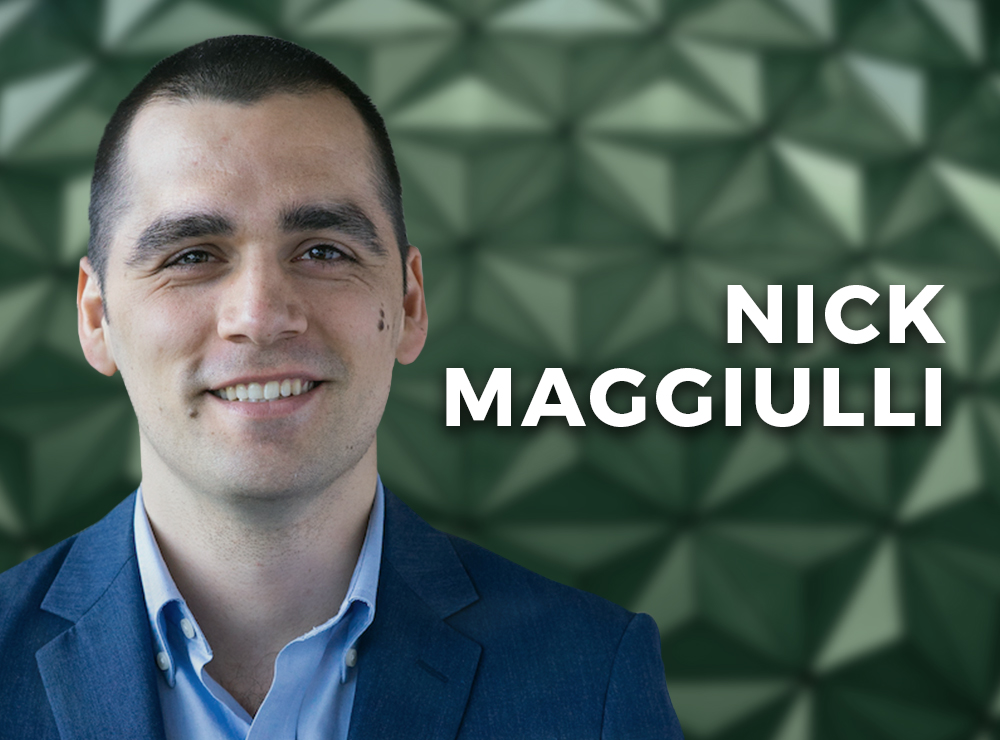
By NICK MAGGIULLI
Last week, David Swensen, the famed investment manager and Chief Investment Officer at Yale, died at the age of 67 after a long battle with cancer. Swensen, who was the pioneer behind the “Yale model”, revolutionised how endowments and institutions invest their money by emphasising asset allocation and taking on more equity risk. His ideas have been used by tens of thousands of institutions to generate higher returns for millions of beneficiaries over the past few decades.
But Swensen’s body of work goes beyond institutional investing. It can be used by individual investors as well. For this reason, below I have summarised four investing lessons we can use from Swensen to improve our investment results.
1. Asset allocation is everything
When Swensen talks about investing, he suggests that there are three primary tools that we can use to affect our returns:
- Asset allocation
- Security selection
- Market timing
What asset classes you buy (asset allocation), which securities you buy within those asset classes (security selection), and when you buy them (market timing) are the three main levers that affect your long-run investment performance. Unfortunately, Swensen discovered that only one of these three tools actually mattered for most investors. As he explained during a guest lecture at Yale:
“More than 90% of the variability in returns for institutional portfolios had to do with the asset allocation decision.”
Swensen goes on to explain that this is true because security selection and market timing are negative sum games. While some investors will win when they select better stocks or time the market correctly, others will lose doing the same thing. So when you take into account the fees/commissions charged for doing so, the result is a negative sum game.
This is why most investors who try to pick stocks or time the market end up underperforming in the long run. While some people will outperform in these areas, most won’t. As a result, Swensen concluded that the primary driver of long-term performance is asset allocation. What assets you own (and in what proportions) are going to be the primary determinant of your investment results, all else equal.
2. If you want growth, increase your equity exposure
Though future asset returns are unknowable, what we do know is that equities tend to outperform bonds, commodities, and cash in the long run. This is why Swensen recommends an increased exposure to equities for those with longer time horizons (i.e. institutions). And though you aren’t an institution, the logic still applies.
Swensen solves the asset allocation problem I mentioned in the prior section by looking at what would have worked throughout history. His conclusion suggests a larger allocation to equity (and equity like) investments from around the globe. Swensen provides one such allocation as an example in his book Unconventional Success: A Fundamental Approach to Personal Investment:
- 30% U.S. equity
- 15% Foreign developed equity
- 5% Emerging market equity
- 20% U.S. Real Estate (REIT)
- 15% U.S. Treasury Bonds
- 15% U.S. Treasury Inflation-Protected Securities (TIPS)
What you will notice about this allocation is that it is only 30% U.S. stocks and 30% U.S. bonds, with the remaining 40% spread out across international stocks and U.S. real estate.
More importantly, though this portfolio only has half the allocation to U.S. stocks as a 60/40 U.S. stock/bond portfolio, it still has returned 8.6% per year over the last decade. While this isn’t as good as the 10.1% annual return of a 60/40 portfolio over the same time period, it’s impressive nonetheless.
Swensen’s argument for more equities (and other risk assets) in your portfolio heavily influenced my thinking on how individual investors should build wealth. This is why I have emphasised income-producing assets as the core building block of your portfolio. And while owning these assets can be riskier in the short run, as Swensen has pointed out, in the long run it’s one of the best ways to build wealth.
3. Diversification works… in the long run
As global asset prices declined during the financial crisis of 2008, Swensen’s approach to investing was under attack. How could anyone hold so many volatile assets that could all fall at the same time? What was the point of diversification if it didn’t save you when you needed it most?
4. Our time horizon can be shorter than we think
Of all the lessons I learned from Swensen’s life, one of them is in stark contrast to his teachings. Though Swensen taught us to invest as if we would live forever, unfortunately, his own life was cut short. For a man of his wealth, status, and education level to die at 67 is a grim reminder that the future is promised to no one. Swensen’s belief that we should invest for the long run is a good one, but it doesn’t work forever. Sadly, our time horizon can be much shorter than we think.
NICK MAGGIULLI is a data scientist working with Ritholtz Wealth Management in New York City. This article first appeared on his blog, Of Dollars and Data, and is republished here with his kind permission.
ALSO BY NICK MAGGIULLI
The one number that really matters
Why are so many young people trading stocks?
Understanding imposter syndrome
WHAT TO READ NEXT
If you found this article interesting, we think you’ll enjoy these too:
Why financial wellbeing matters
The only right way to view an asset
Do we become better investors as we age?
Don’t let the stock market distract you
What’s the long-run return on equities?
Money is only one aspect of retirement planning









